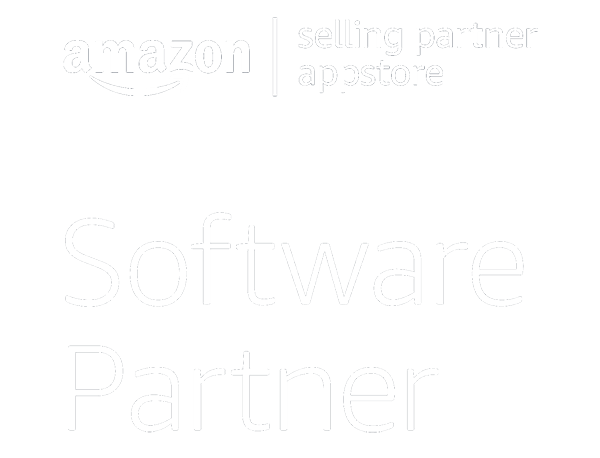
As a small business owner, there’s always a lot on your plate. There is a never-ending list of demands on your time. So, it’s important to prioritize complex tasks over menial, repetitive ones. Luckily, many of your everyday business tasks can be automated. Small business task automation can save you time and ensure that you are focusing on growing your business. Here are 7 easy ways to start automating your business tasks.
CRM Software
Customer Relationship Management enables you to monitor interactions with potential customers in order to improve your customer service. Customer data is essential to so many small businesses. But it can require tedious analytics (time-consuming) and outdated tracking methods (too much room for error). Utilizing CRM software can automate some of this for you, cutting out the time you spend tracking customer interactions, and ensuring accurate data collection.
By consolidating records of all customer interactions in one place, you can see the data however you like. This allows for quicker, more informed decisions. CRM software can also track and analyze leads, saving you time to focus on your highest potential for future customers.
Payroll
If you find yourself or your HR team swamped with payroll, it may be time to automate it. Services like Gusto simplify your payroll by digitizing working hours and automatically transferring them to your employees at the end of the work cycle. Having a digital clock-in service that also executes payroll minimizes the risk of human error when handling your finances. Digital payroll will allow your employees to add or correct hours they previously forgot. This reduces corrections made before payroll is executed.
Invoices and Collections
If you’re self-employed or just starting a business, it’s critical that invoices are paid on time. Invoice fees, late invoices, and methods of collection without the right tools can be gruesome.
Accounting software can help you send invoices, but it won’t necessarily help you collect. When automating parts of your collections process, you can categorize by send and collection dates, and flag when a late penalty should be added. You can also point-and-click to send payment reminders to clients. This will save you time when tracking down missing invoices and writing custom follow-ups for every account.
Calendars
When you’re running a small business, it can feel like you’re working nonstop and have no wiggle room for other tasks. Be it in your personal or professional life, digitizing your calendar can reap great benefits: Having an online calendar has become the industry standard because it simplifies access to your schedule, and allows you to share your availability with coworkers.
Syncing your business calendar to an automated tool like Calendly can allow prospective customers to view your meeting availability and schedule a time that works for you both. It may not sound like much, but this simple form of automation can will save you from the dreaded back-and-forth of email scheduling. It can also send reminder notifications so you don’t forget those scheduled meetings.
Collaboration
Automation doesn’t have to replace how your team currently operates, but it sure can help you organize your workload. When it comes to managing your time effectively, consider a tool to build structured tasks and processes to improve collaboration and keep your team moving toward its goals.
Using a digital Kanban-style service like Trello can ensure all your tasks are visible via one platform and accessible to your team. With these automated services, you can easily add tasks to your workload, share them with your team, and track real-time progress if you choose to use a Kanban-style board. You may not be able to automate the work itself with a digital tool, but you can automate the workflow and keep the communication organized. That mean less time talking about projects, and more time moving them forward.
Blogging
Many small businesses pass on creating a blog due to the maintenance and time commitment that comes with it. However, creating a blog for your small business can increase traffic to your website and create more organic customer interactions. There are many tools that can reduce the amount of time you’re spending on blog posts and increase the effectiveness of your content.
When drafting blog content, tools like SemRush or Google Adwords Keyword Tool can help you find what phrases your potential customers are searching for. If you’re struggling for blog topics, these tools will show you where to start. There are even AI-tools that will (gulp!) write blog copy based on a single prompt that you provide.
Social Media
Posting regularly on social media is one of the easiest ways to increase brand awareness. But it requires a heavy time commitment. If your small business has already established its social media presence, congratulations! Take just a little time to schedule your social media content throughout the week. And if you’re using it to advertise—remember, you don’t need a large budget in order to build your social media presence.
Creating free Meta accounts gives you access to Meta Business Suite, a free tool for Facebook & Instagram. It allows you to track analytics, create ad campaigns, and invite others from your team to serve as admins. Twitter offers its integrated TweetDeck platform, an efficient scheduling tool that lets you track multiple accounts simultaneously.
Automating your small business’s menial tasks will ultimately save you a lot of important time so that you can focus on what matters most for your business. By utilizing these cheap and easy automated tools, you’ll be able to reap great benefits even in your business’s earlier stages.


